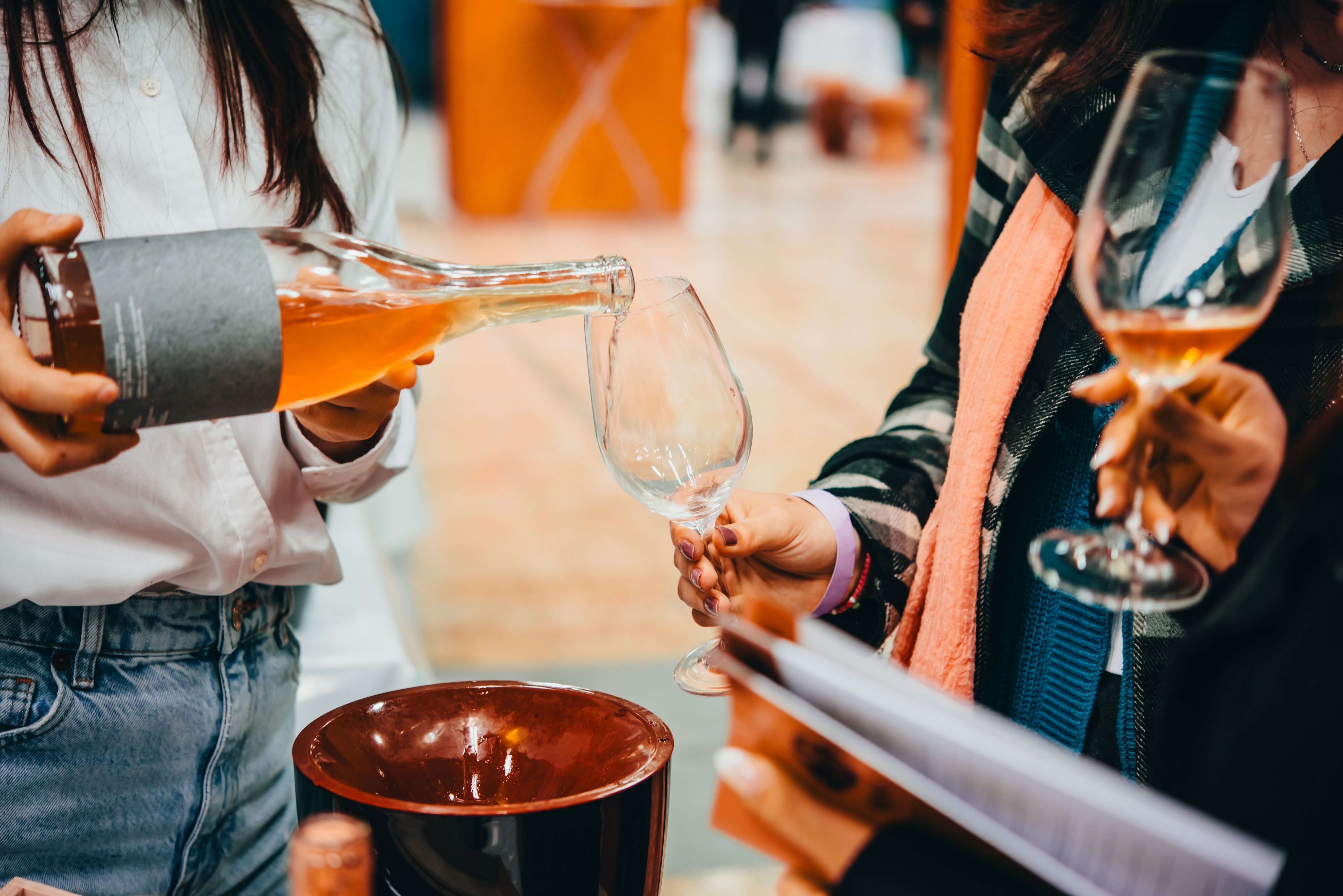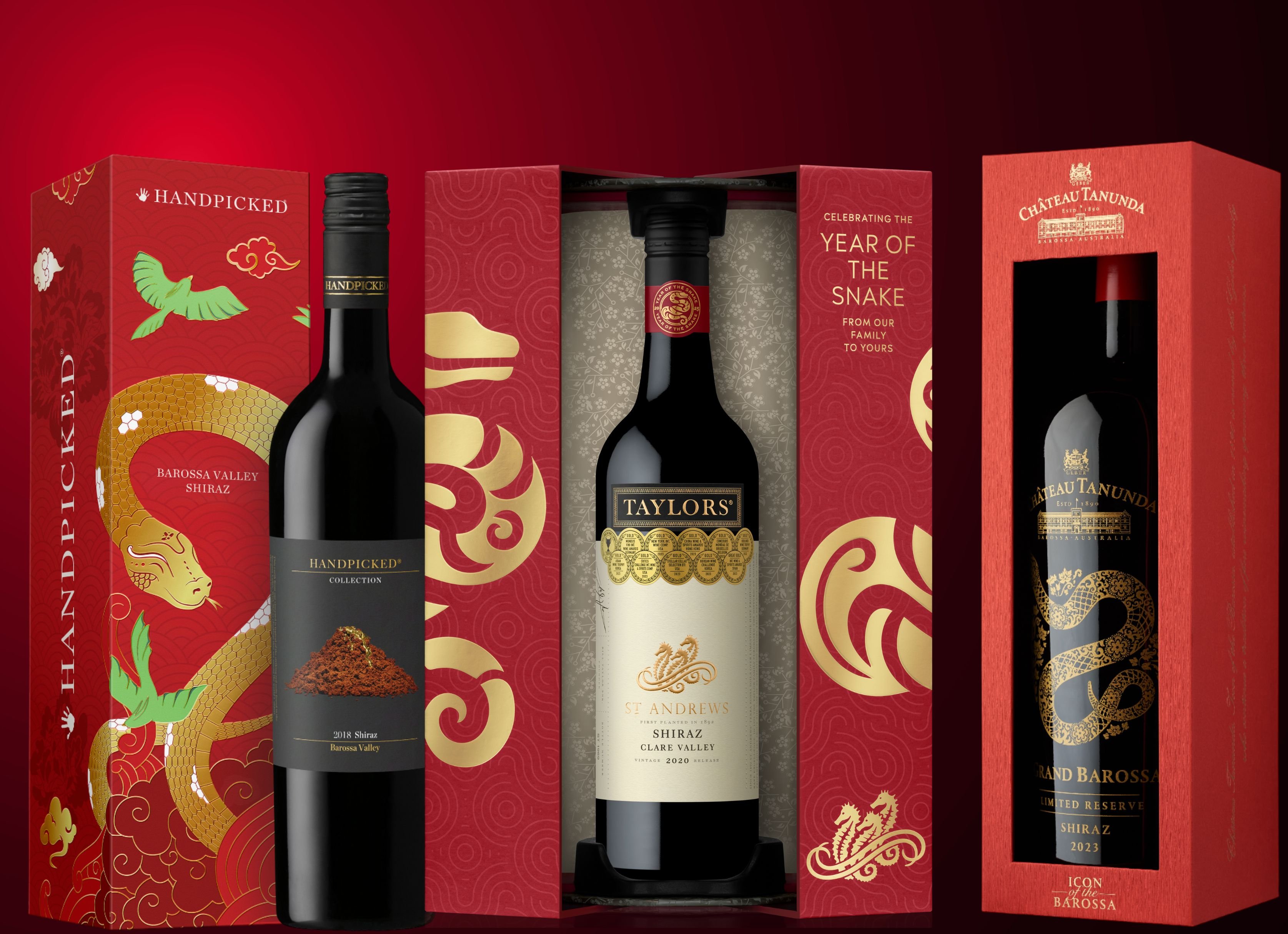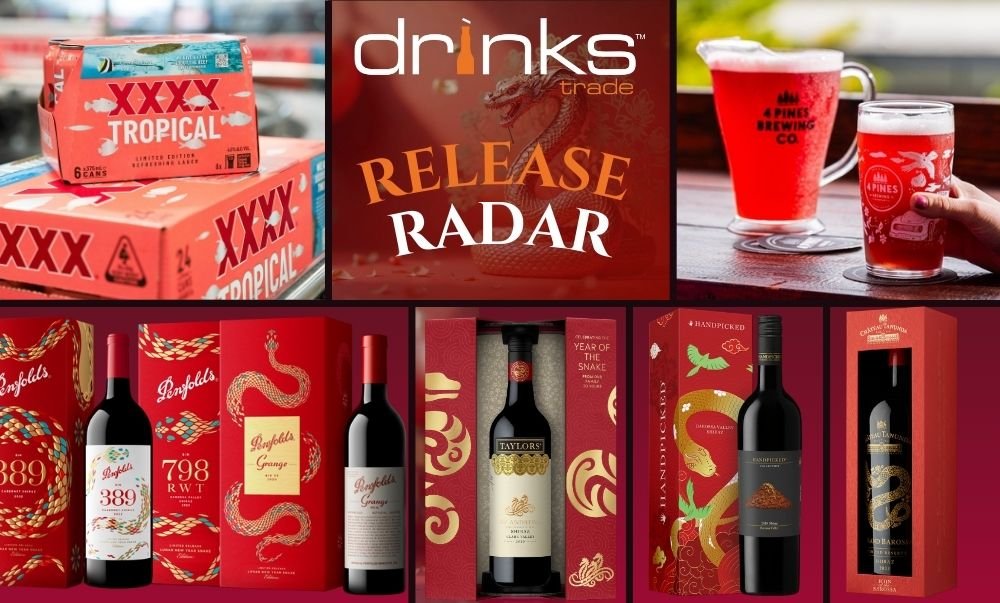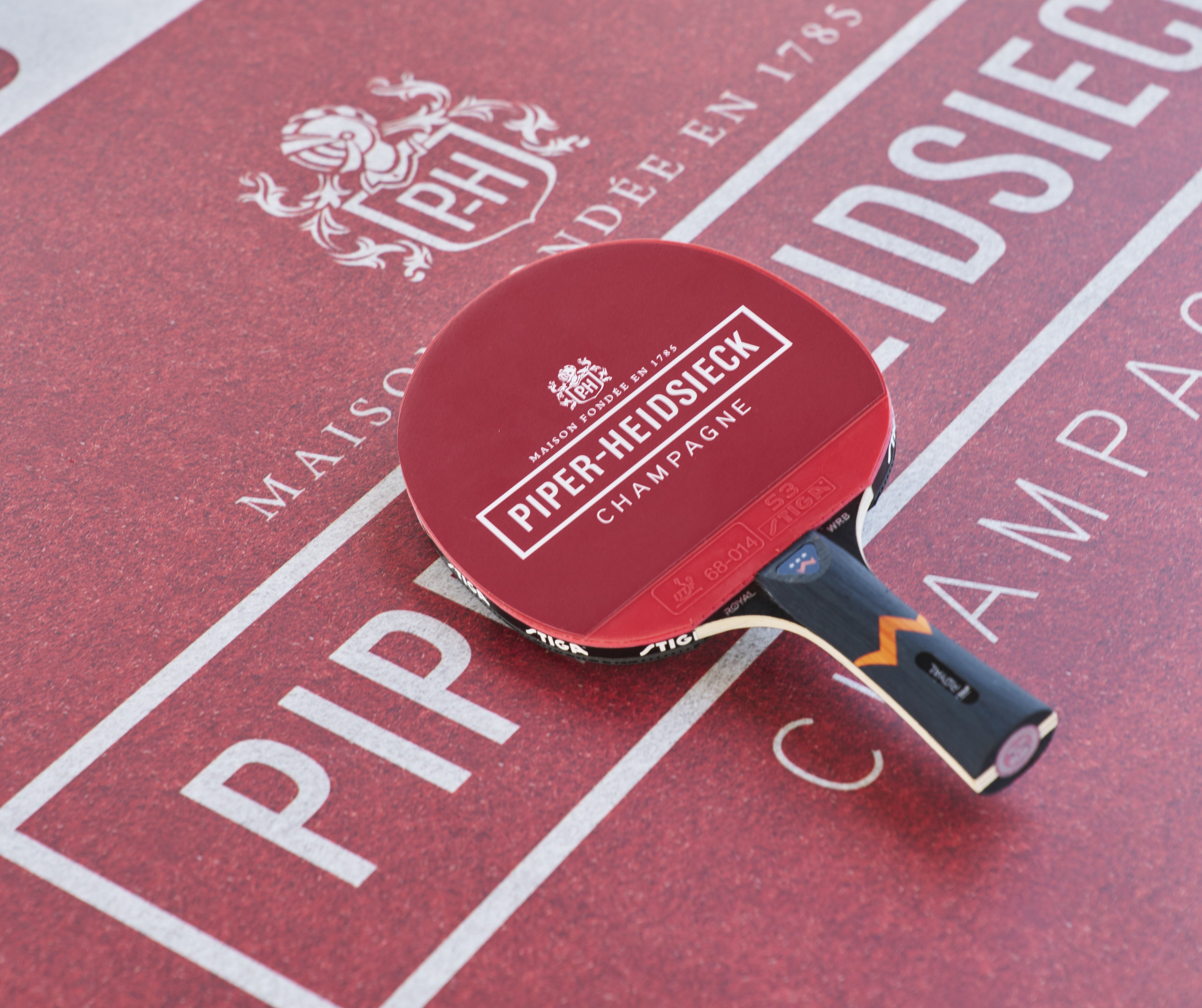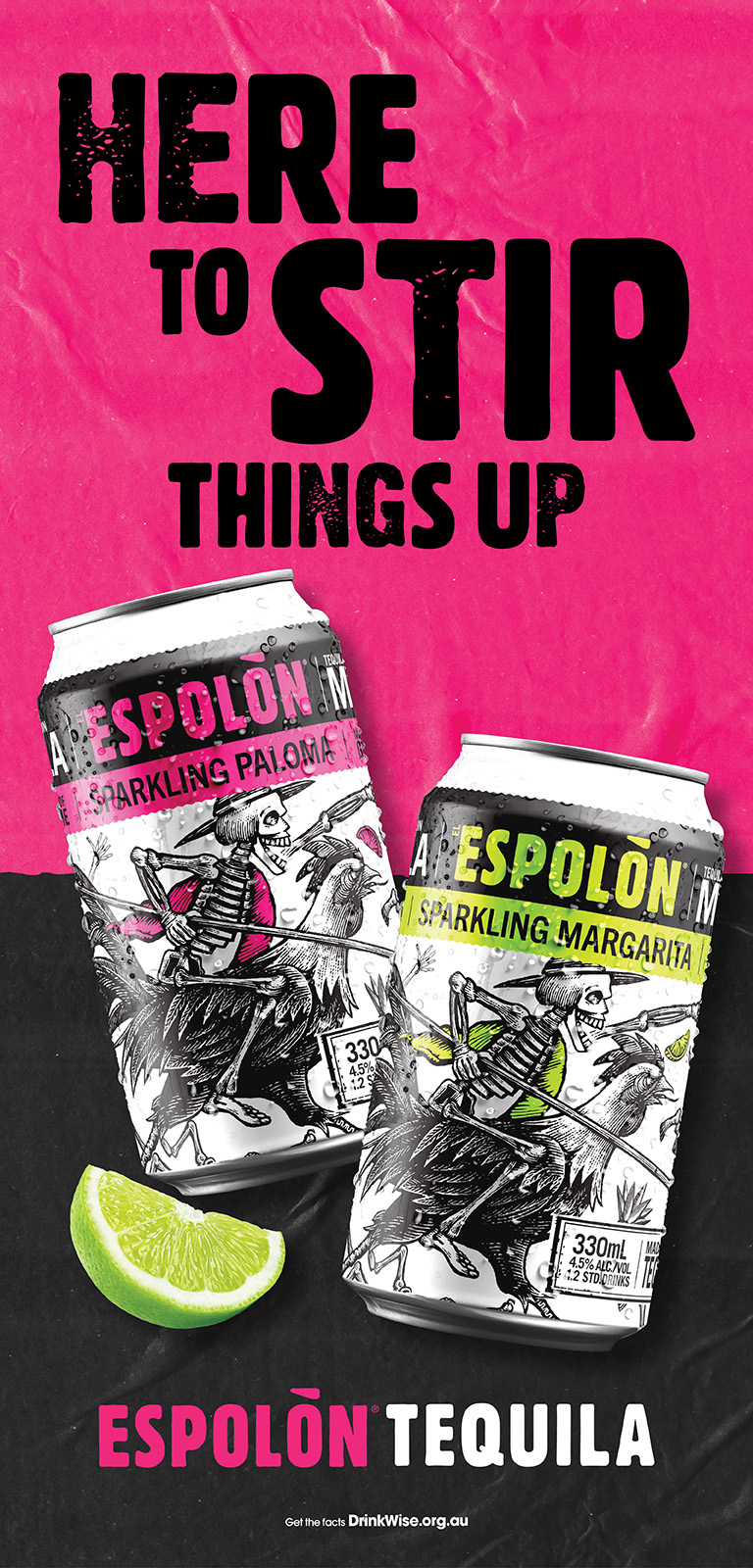Tourism New Zealand has unveiled an ambitious four-year strategy that it hopes will grow its food and drink tourism sector from a value of $7.5 billion to $12 billion by 2028. The plan seeks to capitalise on data provided by Tourism New Zealand which establishes food and drinks tasting as the leading activity for over 85% of visiting tourists.
“Tourism and international visitor spending will be crucial in reaching the government’s goal to double exports over the next decade,” said René de Monchy, CEO at Tourism New Zealand.
“Manuhiri [visitors or guests] visiting our eateries and bars inject much-needed cash into local communities across the country. In 2023, international visitors contributed $9.9 billion to New Zealand.”
Tourism New Zealand’s four-year strategy seeks to concentrate its efforts in currently slower periods of the year and is seeking 70% of its $4.5 billion growth target from off-peak visits: “our delicious food and beverage options can be enjoyed year-round. In fact, the wine harvest and Bluff oyster season both fall in autumn, giving international foodies lots to indulge in during their off-peak visit… Our fresh kaimoana (seafood), world-class wine, craft beer and produce are second-to-none,” said de Monchy.
But how does this compare to the growth projections and available support of Australia’s food and drinks tourism sector? According to forecasts from the Australian Trade and Investment Commission, Australian tourism is expected to continue to grow year-on-year up to a worth of $223.3 billion in 2028, 61% above pre-pandemic levels. By comparison, New Zealand brought in $37.7 billion in tourism spending in its last recorded period. As it stands, Australia’s current major tourism campaigns do not specifically cater to the food and wine sector.
According to Minister for Tourism Don Farrell, Tourism Australia’s $125 million investment into the Come and Say G’day campaign and $48 million into its support for Australian tourism and travel businesses is warranted by the “one in eight Australian businesses [that are] tourism-related.
“Tourism is a major export earner and employer… and it is the lifeblood of so many Australian communities,” he continued.
One equivalent investment into Australia’s food and wine tourism is the Wine Tourism and Cellar Door Grant, an opportunity that provides eligible applicants with a payment of up to 29% of the notional wholesale value of cellar door sales. Total available funding is capped at $10 million each financial year, meaning that the value of each individual grant is reduced proportionally amongst eligible applicants. A recent consultation conducted by the Federal Department of Agriculture, Fisheries and Forestry found that “there has been a significant amount of oversubscription over the past 5 rounds.”
Despite this, “following consideration of the feedback received, the Wine Tourism and Cellar Door Grant Program will continue under current settings.”
Applications for its sixth round are currently open and will close on 30 September. To apply or to learn more, click here.
Australia’s Federal Government and State Governments has also provided additional assistance to Australia’s liquor industry to assist with current economic pressures and with export growth in areas unrelated to tourism. Some examples of this include:
Share the content
